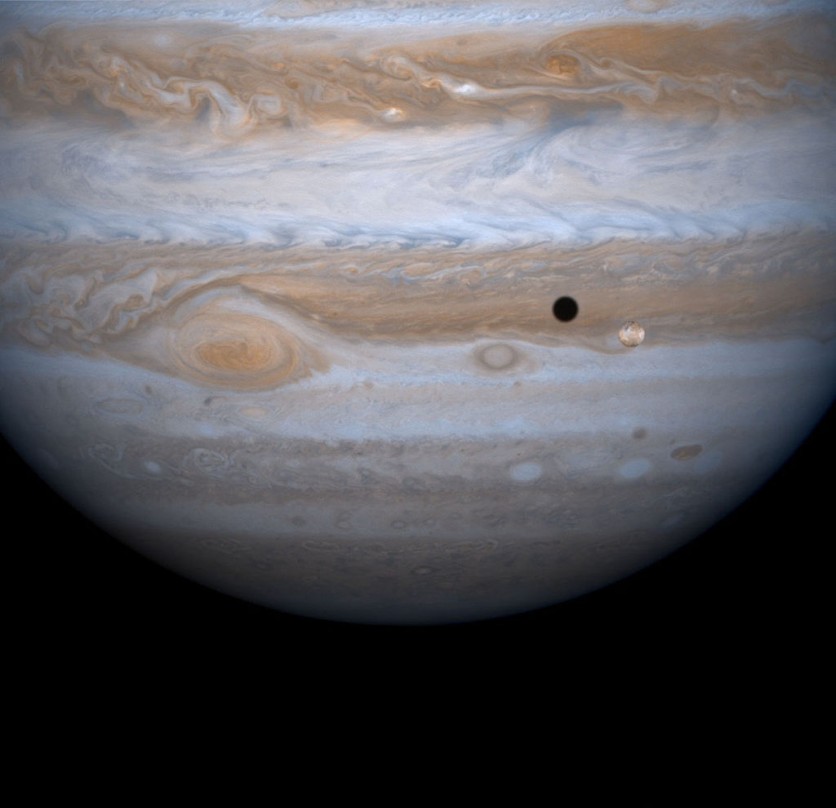The upper troposphere of Jupiter, the region of its atmosphere where weather occurs, has undergone the longest temperature investigation yet conducted.
The research, which was carried out across four decades by fusing data from NASA spacecraft and ground-based telescope observations, discovered strange and surprising patterns in the temperature of Jupiter's belts and zones.

Jupiter's Temperature Shifts
By analyzing photographs of the strong infrared light that rises from warmer portions of the atmosphere, the new study, which was released on December 19 in Nature Astronomy, opens a new door by directly quantifying Jupiter's temperatures above its clouds.
The scientists took these images at regular intervals during three of Jupiter's orbits around the Sun, which last 12 years on Earth each.
They discovered that Jupiter's temperatures rise and fall over specific intervals that are unrelated to the seasons or any other known cycles.
Scientists weren't expecting to see temperatures on Jupiter shifting in such regular cycles since Jupiter has mild seasons and is tilted on its axis by only 3 degrees, compared to Earth's jaunty 23.5 degrees, according to NASA.
They discovered a link between the temperature variations at extremely different latitudes.
The study's lead author, Glenn Orton, said that it is comparable to an occurrence on Earth when weather and climate patterns in one area can have a discernible impact on weather in another area, with the patterns of variability appearing to be "teleconnected" across great distances through the atmosphere.
The Next Difficult Task
Finding out what drives these cyclical and seemingly coordinated shifts is the next difficult task for the team.
"We've solved one part of the puzzle now, which is that the atmosphere shows these natural cycles," the study's co-author, Leigh Fletcher, said in a press release statement.
"To understand what's driving these patterns and why they occur on these particular timescales, we need to explore both above and below the cloudy layers."
The scientists discovered that higher above, in the stratosphere, temperature changes appeared to surge and drop in a pattern, in contrast to how temperatures behave in the troposphere.
NASA said this implies that modifications to the stratosphere affect changes to the troposphere and vice versa.
Now that they have a better grasp of Jupiter's atmosphere, scientists are hopeful that the study will someday enable them to forecast its weather.
NASA also noted that the findings could help with climate modeling, not just for Jupiter but for other major planets in our solar system and beyond.
Related Article : Mars Dust Devil: NASA Perseverance Rover Manages to Record its Sound, to Help Give More Info on its Atmosphere

ⓒ 2026 TECHTIMES.com All rights reserved. Do not reproduce without permission.




